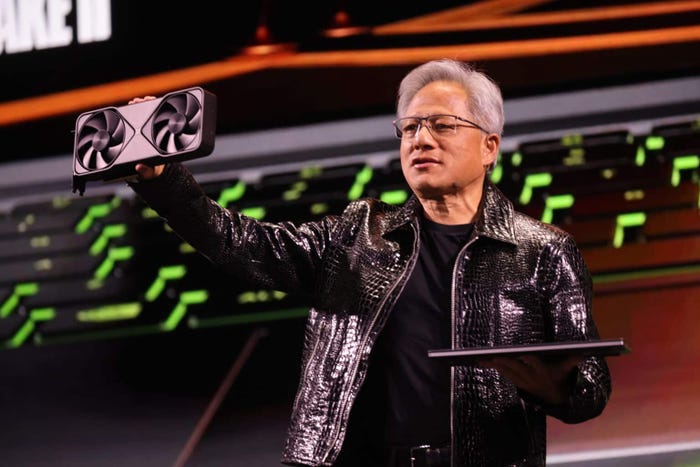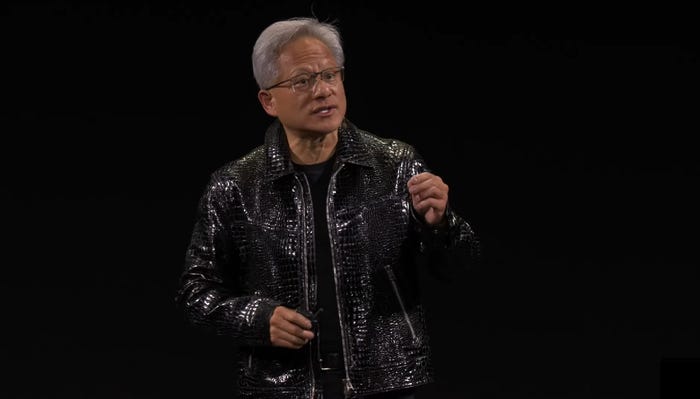
Connects decision-makers and solutions creators to what's next in quantum computing
Quantum Computing ‘Can Revolutionize Industries,��’ Quantum Summit London
Commercially available quantum computers will take more than 10 years to become a reality.

Quantum computing has struggled for industry attention since generative AI burst onto the scene last year, but it is set to change the world. Just not soon.
Giving the opening address at the Quantum Computing Summit, co-located with the AI Summit London, head of the digital and systems team in the U.K. government Cabinet Office Ravinder Singh began by explaining where quantum computing’s processing power comes from.
“We talk of entanglement, superposition and quantum gates because there is a slight huge shift from the digital technology mindset and qubits are ones and zeros at once,” Singh said.
He explained that these multiple states mean quantum processing power increases incrementally as more qubits are added. Two qubits offer two to the power of two – four – combinations or states, and eight qubits offer two to the power of eight – 256.
However, this is a risk as well as a benefit. Shor's algorithm is used in cryptography to encrypt data for the RSA public key algorithm used to protect secure data today. It would take an estimated 1 billion years for a classical computer to decrypt it. A near-future quantum computer could do it in 10 minutes.
Turning to the opportunities for quantum, Singh identified that the first use cases would be in complex problem-solving. He gave examples in financial services of managing multiple portfolios in financial services using polynomial equations, managing risk, such as for mortgages, and cryptography, to produce quantum-resistant algorithms. Other sectors where it has immediate applications include energy, health care and pharmaceuticals.
“Problems that you cannot solve quickly today, like the COVID-19 pandemic, if quantum had been available, there would have been a quicker response back to that,” he said.
Singh highlighted recent milestones in quantum development including IBM’s claims to quantum supremacy, D-Wave working with Volkswagen to optimize traffic in urban areas and banks JPMorgan Chase and Barclays working with IBM’s quantum division.
However, industrial use cases will require commercialized quantum, which in turn needs investment. Global investment is set to increase to $8.6 billion by 2027. The biggest hurdles to commercial quantum are scalability and fault tolerance.
To this end, the U.S. National Quantum Initiative Act allocated $1.2 billion in funding and the E.U. Quantum Flagship Program just more than $1 billion. U.K. organizations working in quantum can apply for grants through government quantum programs through the research funding body U.K. Research and Innovation.
However, commercial, fault-tolerant quantum is still some years away. In the next five years, there will be continued development of error mitigation. In the medium term, within the next five to ten years, we can expect significant breakthroughs in error correction and the realization of practical, mid-sized quantum computers. Longer-term, full-scale deployment of large-scale, fault-tolerant computers which would revolutionize several industries will take more than 10 years.
“We’ll see full-scale deployments of practical, midsize quantum operation computers from 2030 or so, but you may not have a commercially available quantum computer that you can install in your office until much later,” Singh said.
About the Author
You May Also Like
.png?width=100&auto=webp&quality=80&disable=upscale)
.png?width=400&auto=webp&quality=80&disable=upscale)




